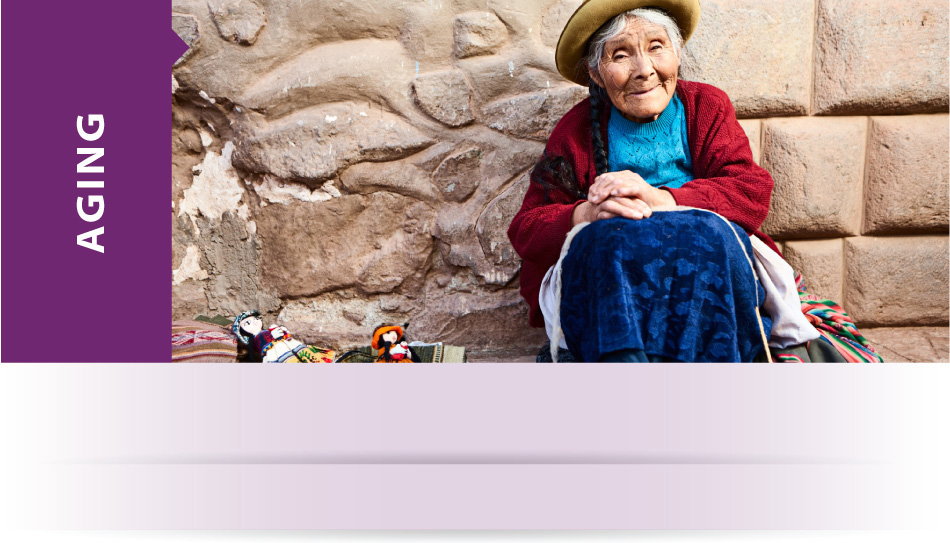Widowhood, Socio-Economic Status, Health and Wellbeing in Low and Middle-Income Countries (Lloyd-Sherlock, 2015)
Lloyd-Sherlock, Peter, Barbara Corso, and Nadia Minicuci, “Widowhood, Socio-Economic Status, Health and Wellbeing in Low and Middle-Income Countries,” The Journal of Developmental Studies 51, no.10 (September 2015), doi:10.1080/00220388.2015.1066497
URL: dx.doi.org/10.1080/00220388.2015.1066497
Note: A fee is required for full access to this article.
Abstract
Using data on women aged 50 and over from the WHO’s Survey of Ageing and Adult Health for China, Ghana, India, the Russian Federation and South Africa (N = 17,009), we assess associations between widowhood and socio-economic, health and quality of life deprivations. We find variations in the prevalence and timing of widowhood across the study countries, and associations between widowhood and being in the poorest wealth quintile for all five countries. For other deprivations, national experiences varied, with stronger and more consistent effects for India and China. These findings challenge generalised claims about widowhood and call for more contextualised analysis.
Lloyd-Sherlock et al. (2015) provide research on widowhood that considers the complexity and diversity of various geographical and social contexts. Their attention to available research demonstrates that while widowhood is significantly associated with health deprivations, care must be taken to avoid assumptions on the amount and quality of care widows are receiving in any given context.








